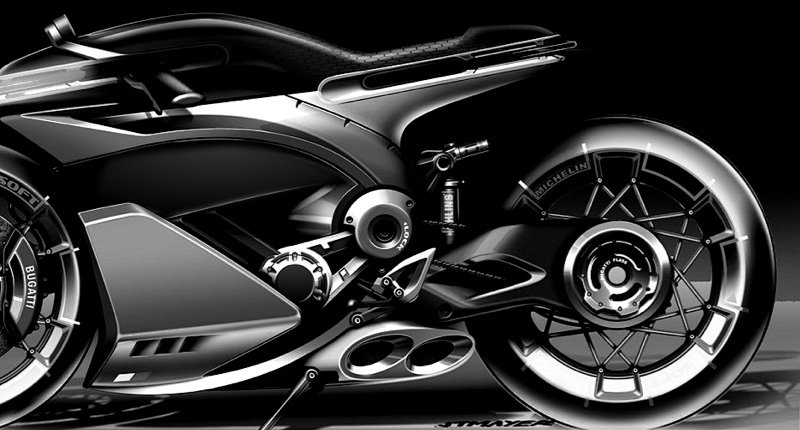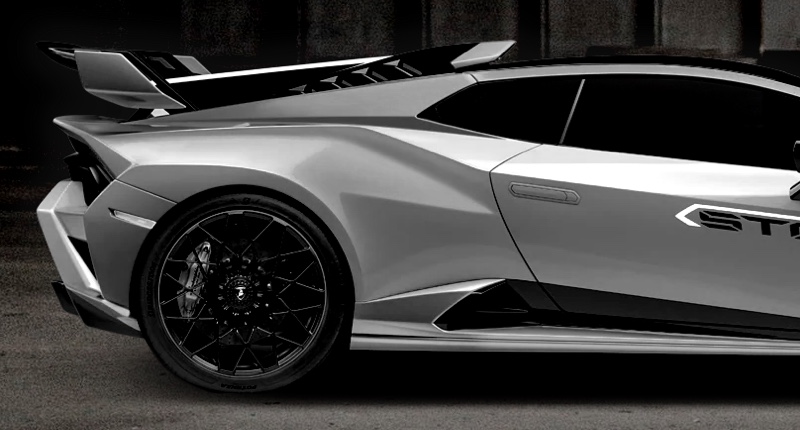Application Plan of Carbon Fiber Materials in Aerospace
Discover how carbon fiber in aerospace industry applications enhances strength while dramatically reducing component weight. This advanced material improves fuel efficiency, increases payload capacity, and delivers superior resistance to fatigue, corrosion, and high temperatures—helping aerospace structures perform longer and more reliably.
Key Applications

Fuselage and Wings
Carbon fiber-reinforced polymers (CFRP) are used to replace aluminum alloys for better strength-to-weight ratio.

Interior Components

Engine Components
Composite fan blades and containment cases.

Spacecraft Structures
Satellite frames, solar panel supports, and antenna booms.
Advantages

01. Weight Reductionteam
02. High Strength and Rigidity
03. Thermal Stability
04. Fatigue and Corrosion Resistance
Implementation Strategy

Material Selection

Design Optimization

Manufacturing Process

Quality Assurance
Case Study: Boeing 787 Dreamliner

The Boeing 787 Dreamliner is a landmark aircraft with extensive use of carbon fiber composites.
Implementation
Over 50% of the airframe, including the fuselage and wings, is made from CFRP. The aircraft incorporates one-piece barrel sections, reducing the need for thousands of fasteners and joints.
Results
Weight Reduction:Approximately 20% lighter than conventional aircraft.
Fuel Efficiency: 20-25% less fuel consumption compared to similarly sized aircraft.
Lower Maintenance Costs: Due to better corrosion and fatigue resistance.
Impact
This extensive use of carbon fiber set a new standard in commercial aerospace, validating the material's role in next-generation aircraft design.
Get Expert Assistance Today
Our dedicated team of experts is available to answer your questions and provide personalized assistance tailored to your specific requirements.
From technical inquiries to logistical support, we're committed to ensuring a seamless and satisfactory experience for all our clients and partners.
Reach out to us via phone, email, or through the contact form below, and we'll get back to you promptly.
Rest assured that your privacy is important to us, and all information provided will be handled with the utmost confidentiality.
© 2024 Supreem Carbon All Rights Reserved.





Facebook
Pinterest
LinkedIn
Instagram